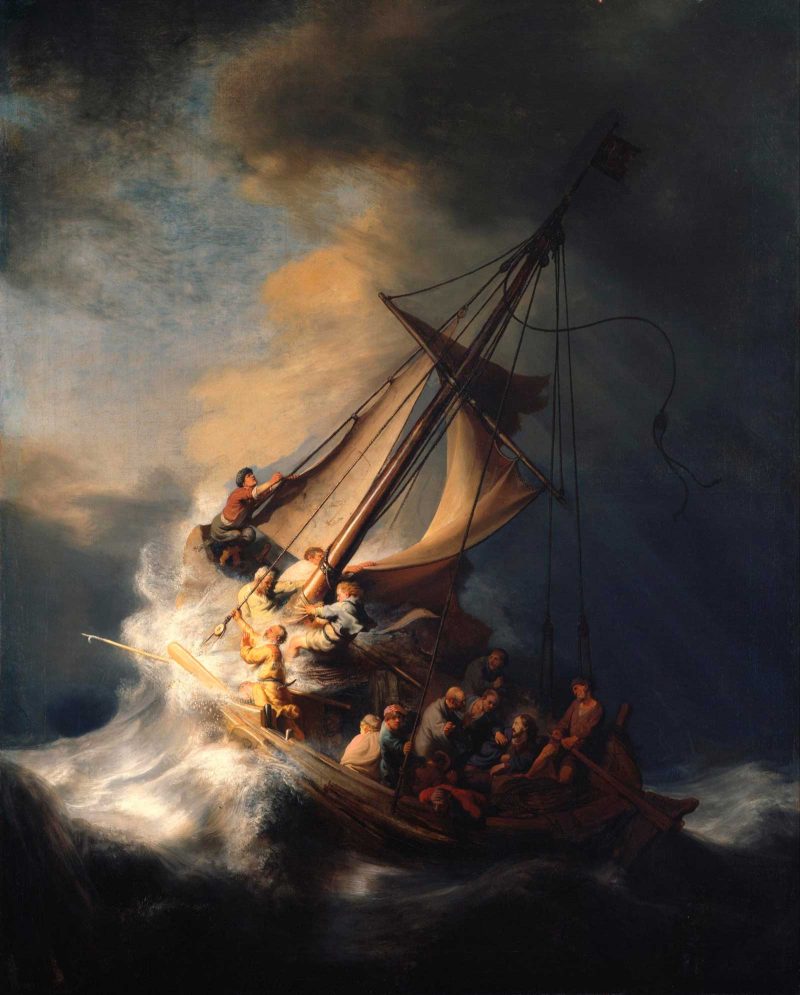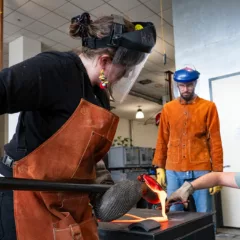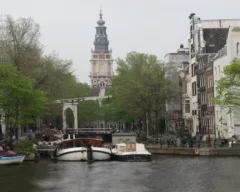
At some point in my life, I was sure I wanted to solve the mystery of the stolen Gardner Museum paintings. Maybe it was because I had really enjoyed the children’s novel Chasing Vermeer, where two resourceful kids find a stolen Vermeer painting (“A Lady Writing,” c. 1665) in Hyde Park, Chicago; or because Iain Pears’ Art History Mystery series made recovering stolen art look rewarding and charming, but before I had been to Boston’s Isabella Stewart Gardner Museum and seen the skeletal frames on the walls like open, gaping wounds, I knew the 1990 robbery of Vermeer’s “The Concert,” Rembrandt’s “The Storm on the Sea of Galilee,” and eleven other works of art was significant. In fact, it’s referred to as “the biggest art heist in modern history.” The theft of Vermeer’s “The Concert”— one of only 36 extant paintings by the artist—felt like an especially brutal loss. As one interviewee in This is a Robbery, Netflix’s documentary series on the art theft, describes in the final episode: “I had Gardner fever.”
Directed and produced by filmmaker Colin Barnicle, This is a Robbery aims to infect its audiences with “Gardner Fever.” On its face, it seems like Netflix has scored an easy hit in bringing a scintillating unsolved crime to a subscriber base hooked on true crime like Making a Murderer, Tiger King, and The Staircase, to name but a few offerings—Was the heist an inside job? Was it a mafia hit? Were the paintings used as collateral in lurid drug transactions? How did the thieves spend 81 minutes in the museum and not get caught? And why did the thieves take such a random scattering of works? Rembrandt’s only seascape (“The Storm on the Sea of Galilee”) and an automatically-rare Vermeer make sense for either a collector wanting something no one else has, or someone looking to fetch a high price based on name recognition. But to ignore the Titian? Take a metal finial in the shape of an eagle? Less logical. Netflix true crime fans, are you ready to crack the case?

As with most true crime entertainment, the problem with This is a Robbery isn’t that there is no resolution. Thirty years out, there likely isn’t going to be one. The true crime format is the issue, deflating the urgency of the missing paintings, and dragging the story out to wring the life out of it. Like many Netflix series in general, it’s padded and overlong, and even repetitive at times stretching what would be a tight, two-hour film to an overly-long four hour series.
The elements This is a Robbery reveals well are the numerous times where clear errors were made, both before and after the robbery. For example: the mind boggles at the many lapses in basic security procedures. The FBI had even warned the Gardner that it was being surveilled by prospective thieves (although those suspects were quickly arrested before the heist). Ocean’s 8, this is not. Similarly, the revelation of the lapse in communication between the Boston Police Department and the FBI— who neglected to question eyewitnesses identified by the Boston PD —was enough to make me want to close my laptop and scream. A two-hour film could have focused solely on these two elements, sprinkled with investigative input from the Boston Globe journalists interviewed, and called it a day.
This engaging story is swamped by the sluggish pace, mawkish footage of the museum walls, and too many talking head interviews. Interviews with perplexed FBI agents, the haunted former Gardner director Anne Hawley, and the gruffly charming art thief (with a rock-solid alibi) Myles Connor? Excellent. Melancholy footage of an empty Gardner museum with gaping, empty frames? A little indulgent. What seems like endless dramatizations—not only of the robbery, but of an interview between a Boston Globe journalist and a suspect who didn’t pan out? Grating. A documentary on an unsolved crime of such cultural significance should galvanize and provoke mourning in equal measure. Instead, Robbery dulls the viewer’s interest and leaves her wanting better.









